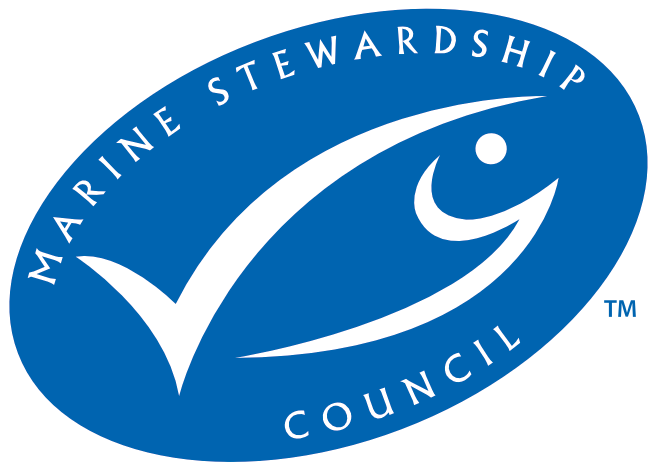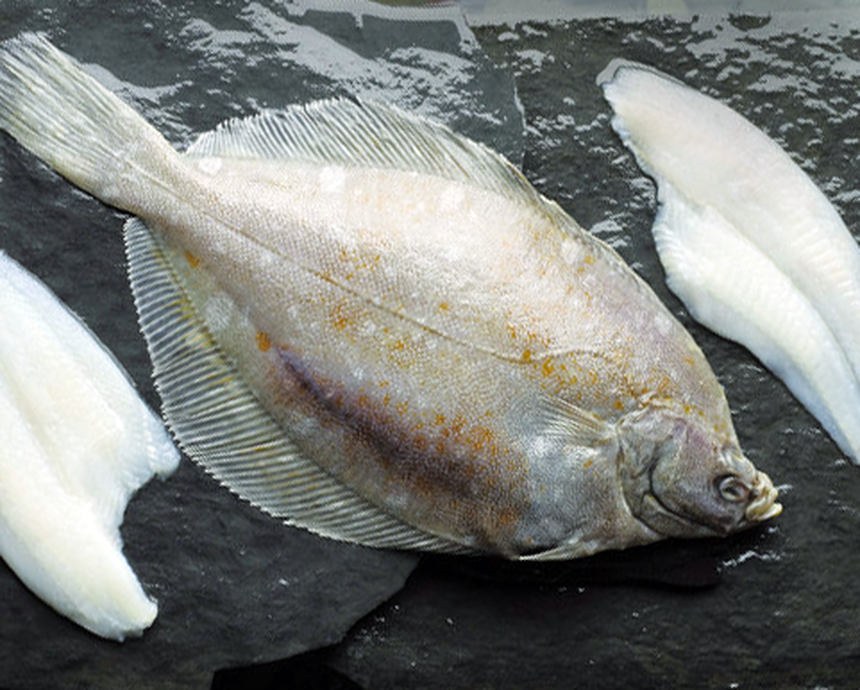
- Certifier :
- LRQA (Seafood) Limited
- Certified status :
- Certified
- Certified since :
- 28 Oct 2010
- Certificate expires :
- 26 Apr 2026
Overview
Fisheries are composed of one or more parts, each of which is entitled to receive an MSC certificate. These parts or “units” are defined by their target stock(s), fishing gear type(s) and if relevant vessel type(s), and the fishing fleets or groups of vessels.
When the term “Unit of Certification” is used for fishing units that are in assessment, it refers to the “Unit of Assessment” or “Unit of potential certification”. Expand a status below to view the parts that form this fishery. To check the detailed scope, download the latest certificate or open the Assessments page to get the latest report. Find out more by visiting our page on Fisheries
Catch by Species
| Species | Reported Catch Year | Metric Tonnes |
|---|---|---|
| Yellowtail flounder (Limanda ferruginea) | 2024 | 3,000 |
Information is provided by an independent Conformity Assessment Body as live weight (the weight of species at the time of catch, before processing) and where a fishing season covers multiple years, the end year is given as the reported catch year. Additional information is available in the latest report, see the assessments page.
Eligibility, client groups and vessel lists
A fishery may choose to define the members of the fishery certificate. These members can be vessels or other client group members (e.g. companies that own vessels and/or companies that are named as eligible to handle certified product covered within the fishery certificate scope). Please refer to the fishery certificate statement on additional product specific eligibility criteria (e.g. product eligibility limitations, eligibility date, exclusive points of landing and the point where Chain of Custody certificate is required). Please consult the fishery Public Certification Report for product eligibility rationale.
| Documents | Published on | Files |
|---|---|---|
| Vessel List | 08 Oct 2021 | 1 files |
About this Fishery
After the collapse of the stock of Grand Bank yellowtail flounder in 1994 and a temporary ban on fishing, the OCI Grand Bank fishery decided to focus on sustainability. Their effort was recognised by achieving certification to the MSC Standard in 2010.
Catch limits are only one of the fishery's strategies to ensure the future of fish stocks. There's no fishing while the fish are spawning so stocks can rebuild. Bycatch (the unintentional catching of marine animals that are not a fishery’s target species) is limited by rules that demand fishing stops when too much of unwanted species is taken from an area. Last but not least, a comprehensive monitoring and surveillance system and considerable data about the stock help limit the fishery's environmental impact.
The sustainability efforts of the fishers and managers have allowed them to depend on the fact that there will be income from yellowtail fishing every year.
"I think in five years' time one of the impacts of having the certification will be being able to say we are now in a situation where we are having continued year over year production of the Grand Bank yellowtail, whereas in the previous twenty years there were years where there were ups and downs and years where there was no fishing."
- Greg Viscount of Ocean Choice International (2011)
Yellowtail flounder image © Ocean Choice International
Market Information
Most product is sold in North America. 30% of the production from this species is sold fresh and 70% in frozen form. Just under 10% of the landed quota is sold to Japan.
